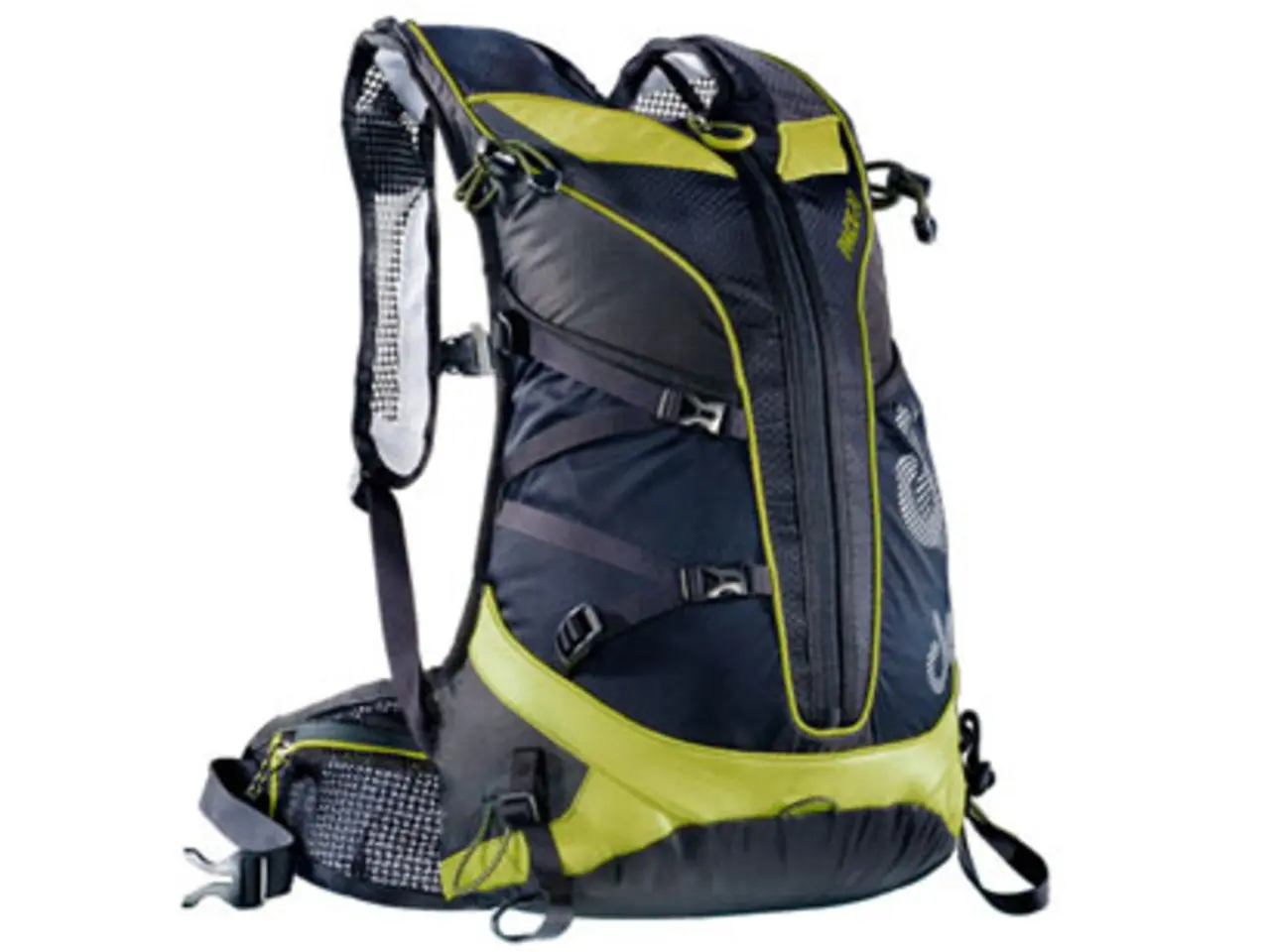Essential Role of Safety Management Structures in Overseeing Extensive UAV Operations
In today's fast-paced drone industry, ensuring safety is paramount. Organizations, whether operating under EASA regulations or striving for the highest safety standards, can benefit from the comprehensive platform and consultancy services offered by leading providers. These services assist in setting up a fully compliant Safety Management System (SMS), along with essential documents like Operations Manuals and conducting risk assessments such as SORA.
A robust SMS is crucial for fostering a safety-focused culture. Components like hazard identification, proactive risk management, detailed recordkeeping and reporting, rigorous personnel training, and the embedding of an organizational safety culture are key. For Beyond Visual Line of Sight (BVLOS) operations, these components are particularly critical in anticipating and mitigating new risks such as lost-link scenarios, cyber threats, and integration with other airspace users.
Software platforms, such as those offered by SMS Pro and other specialized providers, play a significant role in supporting these SMS components. They provide risk management modules for structured risk assessments, incident tracking and reporting, training management, operational oversight and coordination, and cybersecurity and system integrity modules.
Risk management modules offer tools to conduct and document structured risk assessments like SORA, allowing operators to identify hazards and apply mitigations systematically. Incident tracking and reporting software aids in logging operational failures, safety events, or cyber incidents with audit trails to support transparency and continuous improvement. Training management platforms often include mechanisms for scheduling, tracking, and certifying personnel training to ensure compliance and readiness.
Operational oversight and coordination features assign and document roles like Operations Supervisors and Flight Coordinators to reinforce accountability in complex missions, supported by workflow and communication management features. Advanced platforms also embed capabilities such as token-based authentication, command validation, and fail-safe overrides to maintain secure and deterministic aircraft behaviour even during cyber events.
The integrated approach provided by these software platforms ensures that drone operators move beyond mere regulatory compliance to embed safety in every operational decision. The hazard log, for instance, is invaluable during audits by regulatory bodies like the Civil Aviation Authority (CAA). The management of change process is essential, assessing risks associated with significant organizational changes to ensure safety performance is maintained. A well-functioning SMS facilitates continuous improvement, identifying and implementing mitigations after an incident to prevent similar incidents.
In summary, software platforms designed specifically for safety management needs provide robust support for drone operators, enabling them to operate safely and comply with regulations like FAA Part 108 and EASA SORA. By embedding safety in every operational decision, these platforms empower drone operators to undertake complex operations, especially BVLOS, with confidence and peace of mind.
- In the drone industry where safety is of utmost importance, leading providers offer comprehensive services to help organizations comply with Safety Management System (SMS) standards and regulations.
- Components such as hazard identification, proactive risk management, rigorous personnel training, and recordkeeping are crucial for an effective SMS, and software platforms can assist in these areas.
- Specialized software like those provided by SMS Pro includes risk management modules, incident tracking and reporting, training management, operational oversight, and cybersecurity tools to support these SMS components.
- The risk management modules in these software platforms allow operators to systematically identify hazards, apply mitigations, and document structured risk assessments, such as SORA.
- Incident tracking and reporting software is essential for logging operational failures, safety events, or cyber incidents and provides audit trails for transparency and continuous improvement.
- With these software platforms, drone operators can move beyond mere regulatory compliance, embedding safety in every operational decision, and ensuring smooth audits by regulatory bodies like the Civil Aviation Authority (CAA).



